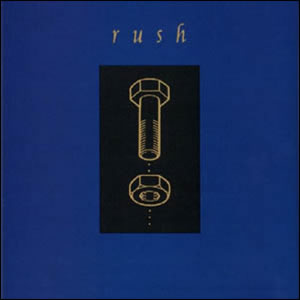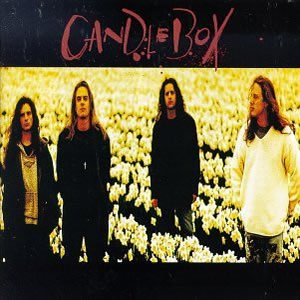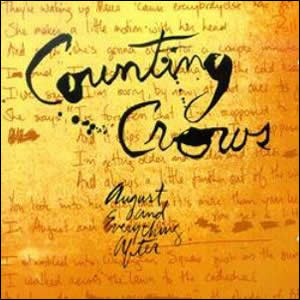Counterparts by Rush
While there is a definite break from the pop-leaning, synth-fused sound that had defined the Rush sound since the mid-1980s, their evolution back towards rock was not quite complete on Counterparts. Some have […]

While there is a definite break from the pop-leaning, synth-fused sound that had defined the Rush sound since the mid-1980s, their evolution back towards rock was not quite complete on Counterparts. Some have […]

Candlebox was one of the last riders of the huge Seattle grunge wave of the early 1990s. Consequently, they were at the vanguard of the post-grunge wave, where this newly labeled “alternative” music […]

Buy August and Everything After One of the more impressive debuts of 1993, August and Everything After by Counting Crows fuses lyrically rich ballads with such long forgotten sonic treasures as the Hammond […]